Getting around in Roman times was hard.
Few had a riding animal. Travel meant walking. Everywhere there were processions of men and women, groups of three or more, trudging along with a knapsack and a walking stick, just as the pilgrims still do on their way to Santiago de Compostela in Spain.
Pilgrims (Creative Commons Attribution 2.0 Generic license photo by Alex Chang)
Shoes were bad. Most people wore rope or leather sandals with rope soles.
Caliga of a roman soldier (Creative Commons Attribution-Share Alike 3.0 Unported license photo by MatthiasKabel)
Prehistoric sandals (Creative Commons Attribution-Share Alike 3.0 Unported, 2.5 Generic, 2.0 Generic and 1.0 Generic license photo by Luis García)
It must have been usual to see a tired traveller adjusting the straps of his sandals, loosening them or removing his sandals to rub his feet.
The roads were terrible.
Most were only wide paths, muddy or hard and bumpy with wagon tracks.
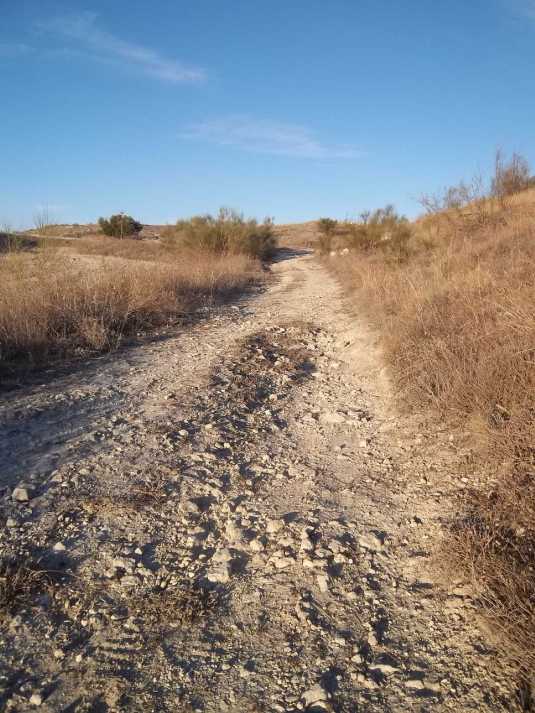 Dusty, stony roads in central Spain (file photo)
Dusty, stony roads in central Spain (file photo)
Few were paved like this one:
Remains of a Roman road in Libya (Creative Commons Attribution-Share Alike 3.0 Unported license photo by Dirk.heldmaier)
The best ones were built for and used by the military.
There were few inns, so travellers often had to spend the night outdoors. Travelling alone or with just one companion was dangerous because of highwaymen, so if you could you joined up with a group of travellers going your way.
Highwaymen attack a carriage by Francisco de Goya (public domain photo)
A few rich men had horses or mules to ride. Though there were saddles and bridles, there were no stirrups, so riders had to mount by jumping up and dismount by sliding down. At many post stations there were platforms with steps for the women and the elderly.
There were no horseshoes yet either—at least nothing was nailed to the horse’s hooves. Animals with injured feet were shoed with metal sandals called soleae but healthy horses wore no protection.
Stirrups and nailed horseshoes were not invented until the Middle Ages.
Reconstruction of a Roman Carriage (Creative Commons Attribution-Share Alike 3.0 Unported license photo by Nicolas von Kospoth)
Travelling by horse-drawn cart was much faster but very uncomfortable. The big box carrying the passengers sat right over the wheels—there were no springs or leather straps or suspension of any kind, so every unevenness in the road was transmitted directly to the seats above, which were mere benches. Passengers were constantly jolted and tossed left and right, as well as up and down. Sleep was impossible except after exhaustion.
The dust and dirt the horses raised came into the cabin and soon covered everyone. Carriage windows were only square holes—glass panes hadn’t yet been invented. Consequently the wind and rain blew in unless the shutter was closed, in which case the carriage was totally dark. People who were sensitive to draft or dampness suffered very much in a carriage.
The horses or mules that pulled the carriages had the harness straps around their necks, which choked them a little or a lot, depending on the weight of the load they had to pull. The U-shaped collar, which transferred the thrust to the horse’s shoulders and off its neck and throat, wasn’t invented until the twelfth century. When it was, the animals could pull much greater loads without tiring.
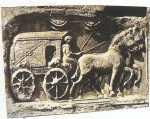 A Roman carriage. Notice how the horses pull from their neck (photo from and article by Ignacio González Tascón in the catalog (page 122) of an exhibition called ARTIFEX: Ingeniería Romana en España which took place at the Museo Arqueológico of Madrid from March to June 2002.
A Roman carriage. Notice how the horses pull from their neck (photo from and article by Ignacio González Tascón in the catalog (page 122) of an exhibition called ARTIFEX: Ingeniería Romana en España which took place at the Museo Arqueológico of Madrid from March to June 2002.
A trip from Rome to Cadiz in southern Spain took two or two and a half months, though Julius Caesar, riding in a coach and using the efficient army network of roads and mansiones (places for the military to rest and change horses) once made the trip in 28 days. They say he wrote much of his Gallic Wars in carriages on his way to army camps. Caesar didn’t waste time.
Here is a map of the main roads of the Roman Empire in AD125. Most were there long before the Romans came along.
Creative Commons Attribution-Share Alike 3.0 Unported license photo by Andrein
..

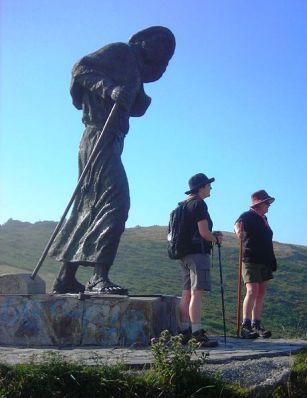
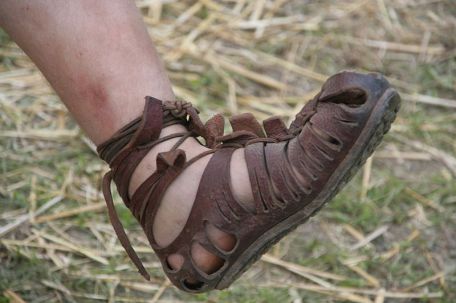
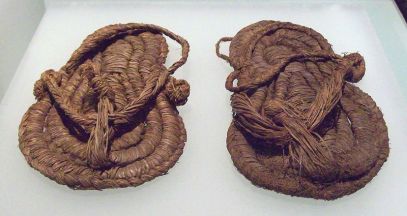
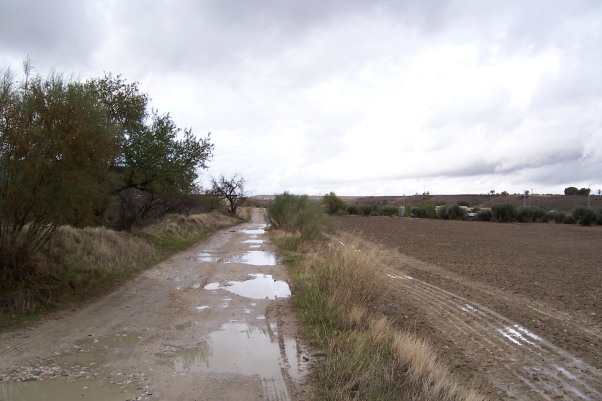
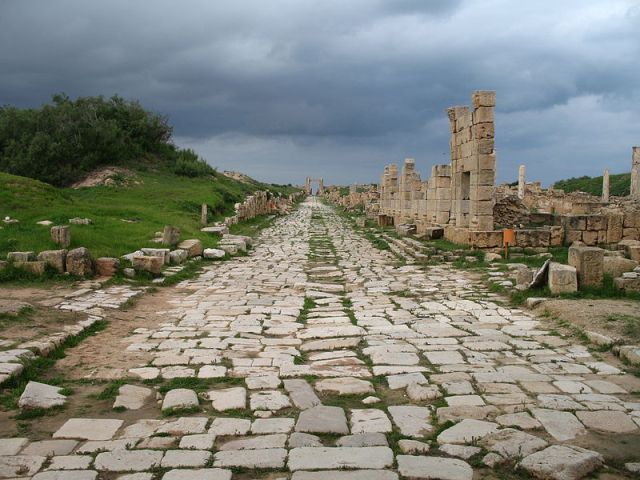
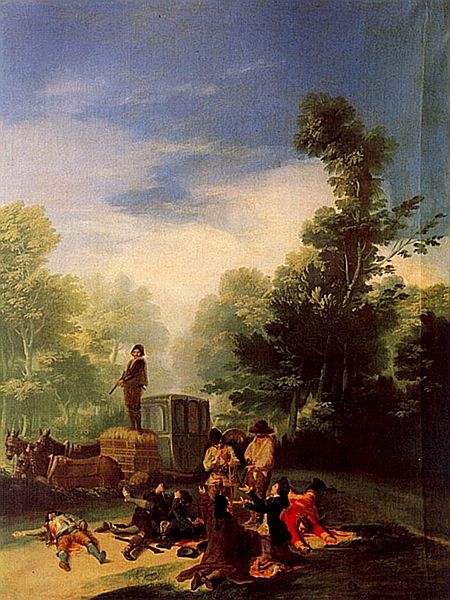
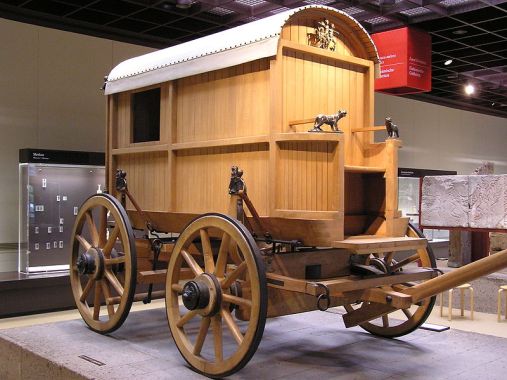
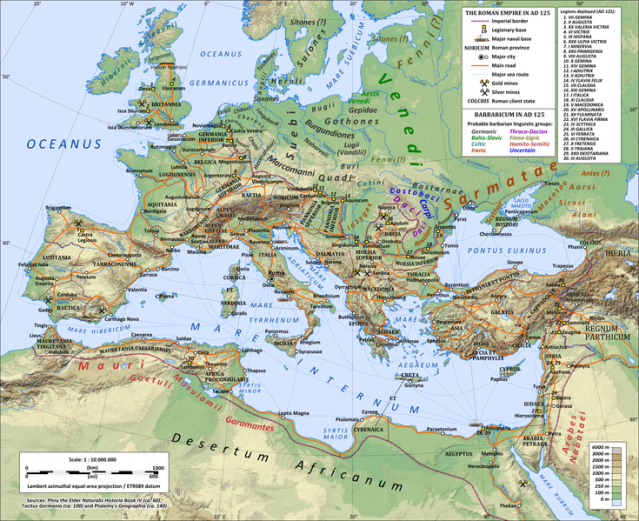


yep great website
Thank You, This Was Very Helpful For This Project Im Doing!
Pingback: Travelling in Ancient Rome | Hello World Civ
hi
Pingback: Worldbuilding for historical fiction - travels - The Earthian Hivemind
Great website! Nice work with the pictures and just the whole thing as one! Keep up the good work!
Anonymous: Thanks. My source said Roman carriages had no suspension but then when I went to look for an illustration (a free one at Wikipedia) all I found was this one. Of course it is not a surviving Roman coach but a reconstruction. I don’t know where they saw an original to copy.
I wonder why those pioneer wagons had no suspension. Also, don’t forget that Rome wasn’t just the city but an empire that included some very rough terrain.
The picture of the Roman carriage you have featured on your blog actually had suspension. I mention this fact because you talked about how the carriages of the day did not feature suspension. The Romans had many great innovations that were well ahead of their time. Oddly enough several hundred years later early American’s traveling down the Oregon Trail would use wagons without suspension in terrain far harsher than that found in ancient Rome.
Anonymous: Thanks. I made the correction. Good luck on your work of fiction.
Thanks for this. I’m writing a work of fiction and have been trying to learn about foot travel across the Roman Empire around 30-50 AD. (You may want to make a correction, though. Your text says the map is AD 25, but its legend reads AD 125.)
Sophia: No sponsor–the blog is mine. I call myself 100falcons here and 100swallows on my other blog, The Best Artists. This post was last up-dated on March 11, 2012.
I’m doing a bibliography in this site,
Do u have a sponsor?
When was this site last updated?
And what is your first initial and last name?
Thnx
Diane: It is from the catalog (page 122) of an exhibition called ARTIFEX: Ingeniería Romana en España which took place at the Museo Arqueológico of Madrid from March to June 2002. Normally the origin of the object is given under the photo but not here. The article or chapter which contains the picture was written by Ignacio González Tascón.
I will continue to search for the location of the relief.
We are trying to find the owner of a picture you have of “A Roman carriage” on this page:
Can you tell us where you got the picture from and who the copyright holder might be?
Thank you for any help.
Of course, like the time I was travelling in my uncle’s backback on a moped? :) I wish he had a Roman-style carriage instead.
As the years went by (we’re talking about centuries) the network of paved roads got bigger. Romans built more and better roads in times of prosperity (e.g. time of Augustus). In bad times the roads deteriorated (e.g. the third century). There are a lot of milestones that tell of some people-loving emperor–Trajan, for instance–repairing a road. But by far the majority were never paved. There are many stretches of Roman roads still to be seen in Spain like the one you saw in Szombathely. They are really impressive, it’s true.
I bet your carriage had a sort of bellows top that was folded back. And the buggy certainly sat on springs. I think if you were in a closed coach with no window or an open one and no suspension and had to face a long journey instead of a pleasure outing, you wouldn’t have enjoyed the ride so much. Of course you could always write your memoirs like Caesar.
What about the famous Roman cobble roads? Were they scarce? I saw one in Szombathely, Hungary, called the Amber Road, in amazing shape. The cobbles were huge, but very nicely fitted together. I guess only bigger, richer towns could afford them.
Not too long ago we went on a short horse-drawn carriage ride, it was a great experience. Must be more comfortable today, I guess, but I could sit on it all day, and reflect upon anything.
Pingback: travel » Blog Archive » Roman Travel